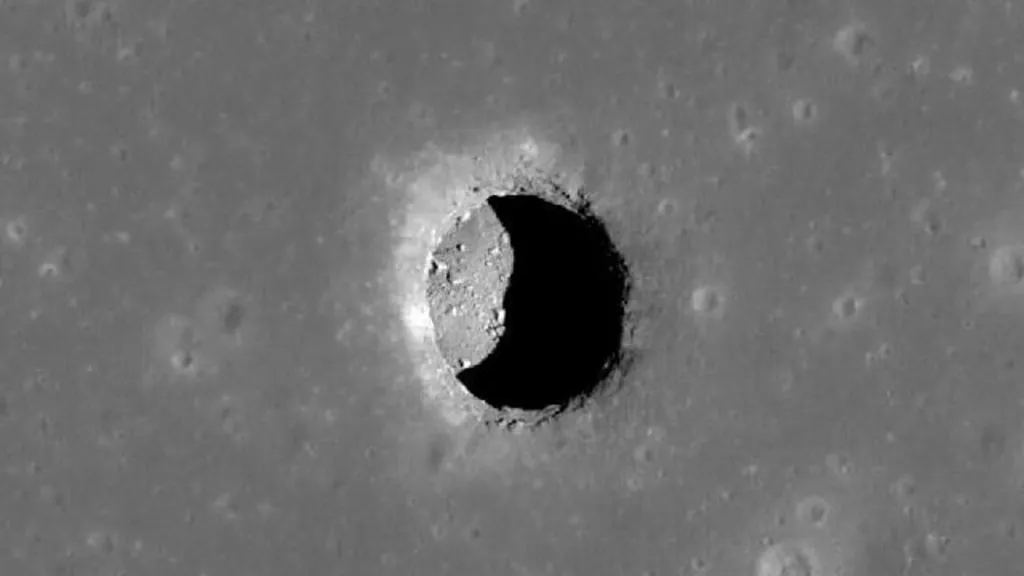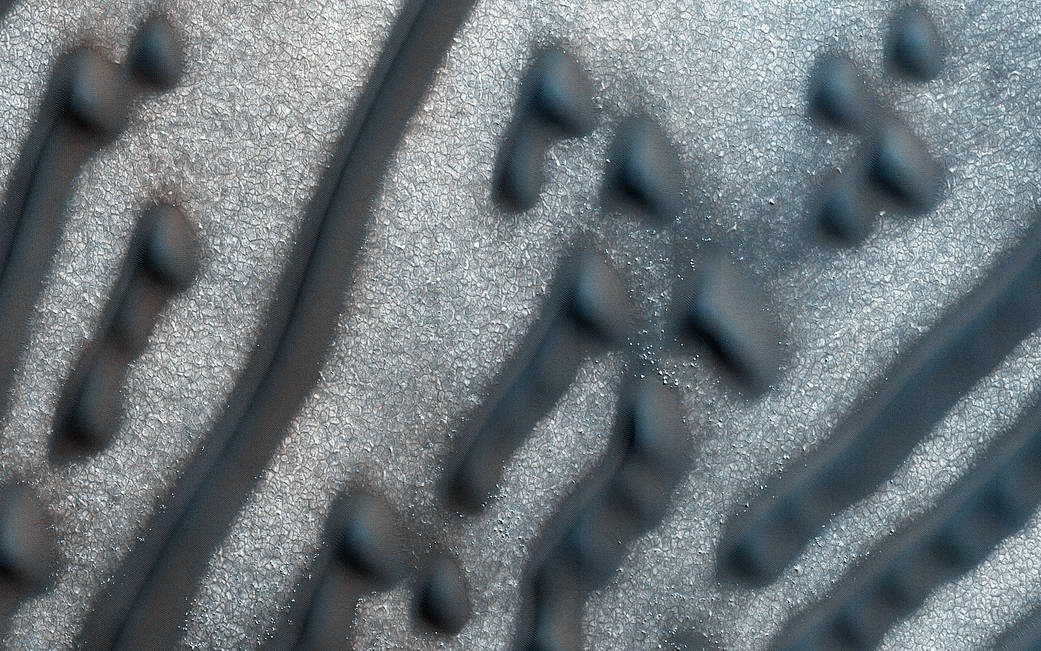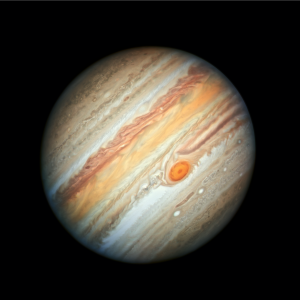Finding shelter on the moon, in a cave
The first astronauts since the Apollo era will land on the lunar surface later this decade. If NASA’s Artemis program proceeds as planned, it will eventually establish a permanent presence on the moon, near the water-rich south pole.
Keeping astronauts safe for extended time periods on the moon will present multiple challenges: The moon is one of the most extreme and hostile environments in the solar system, featuring huge temperature swings in and out of sunlight, intense moonquakes, and galactic and stellar radiation.
- Daytime temperatures near the equator can reach 250°F (121°C).
- Nighttime temperatures can drop to -208°F (-133°C).
- Temperatures in deep craters near the poles can drop below -410°F (-246°C) due to permanent shadows.
- Radiation levels are nearly 200 times the levels on Earth’s surface since the moon lacks the atmospheric and magnetic shielding of the Earth.
“The lunar surface is hostile to humans and machines,” Tracy Gregg, a planetary volcanologist at the University at Buffalo told National Geographic.

Although manmade structures constructed on the lunar surface could provide shelter, it would be helpful if the moon offered some natural defenses.
“It’s about having a ready-made habitat where astronauts can spend extended periods on the moon without contracting cancer,” Paul Byrne, a planetary scientist at the Washington University in St. Louis, tells National Geographic.
A study published this month in Nature Astronomy provides the first direct evidence of the existence of such natural shelters. Lorenzo Bruzzone and Leonardo Carrer, researchers from the University of Trento in Italy, found the cave using radar to penetrate the opening of a pit on a rocky plain called the Mare Tranquillitatis, near where the Astronauts from Apollo 11 landed.

The Mare Tranquillitatis pit examined in this study. Image credit: NASA
NASA finds a massive moon cave that could shelter astronauts
By analyzing old data from a probe orbiting the moon, researchers discovered that a pit near the Apollo 11 landing site is not just a pit. It is actually a long cave—a volcanic tunnel formed by an ancient lava flow. It’s at least 100m deep.
The data used in the study were obtained by the Lunar Reconnaissance Orbiter (LRO) in 2010. The LRO camera captured images of the pits but could not see inside the pits. However, a small radar system, the Mini-RF instrument onboard the LRO, could peer inside the pits if the angle was optimal. But due to the limited resolution of the Mini-RF instrument of approximately 15 m by 30 m, the data could only be useful for evaluating pits that were at least 80 m across.

Image credit: Lorenzo Bruzzone and Leonardo Carrer, the University of Trento
The researchers used the preexisting radar data on the Mare Tranquillitatis pit (MTP). The MTP is around 100m in diameter, and spreads further to an estimated 140 m in a below ground tunnel. This makes the MTP the right size for evaluating the LRO radar data.
The 3D radar simulations were performed on the LRO images with RaySAR24. They found that a portion of the radar reflections from the MTP could be attributed to a cave below the surface.
RaySAR is an open-source 3D synthetic aperture radar (SAR simulator) developed by the German Aerospace Center. It generates SAR images using a method called ray tracing. RaySAR is written in MATLAB and available on GitHub here.

The radar look direction is indicated with a white arrow, a,b, Mini-RF SAR image of the MTP (a) and its corresponding RGB decomposition (red, double bounce; blue, single scattering; green, volume scattering) (b). The MTP overhang and cave conduit radar echoes exhibit single- and double-bounce scattering, respectively. (c) DTM from stereo observations (d) 3D radar simulation of the DTM in c. The red dashed circle delineates the edge of the pit. Image credit: Carrer et al. Nature.
RaySAR generates detailed 3D object models. Specifically, it localizes the 3D positions and surface intersection points related to reflected radar signals.

The newly discovered cave is the first subterranean conduit ever found on the moon, but there are likely many more yet to be discovered.
“There are probably hundreds to thousands of caves on the moon in the form of drained lava tubes,” Gregg told National Geographic.
With the available dataset on known lunar pits and the limited sensor resolution of the Mini-RF instrument, the method did not allow the researchers to identify caves other than the MTP. If new radar orbital sensors with higher resolution are deployed in the lunar orbit, this investigation could be substantially expanded.
The researchers also explain that this SAR imagery-based method could also be used on Mars, for which more than 1,000 cave entrances have already been identified.
One day, a cave on the moon or on Mars may become an astronaut’s home away from home.









コメント
コメントを残すには、ここ をクリックして MathWorks アカウントにサインインするか新しい MathWorks アカウントを作成します。